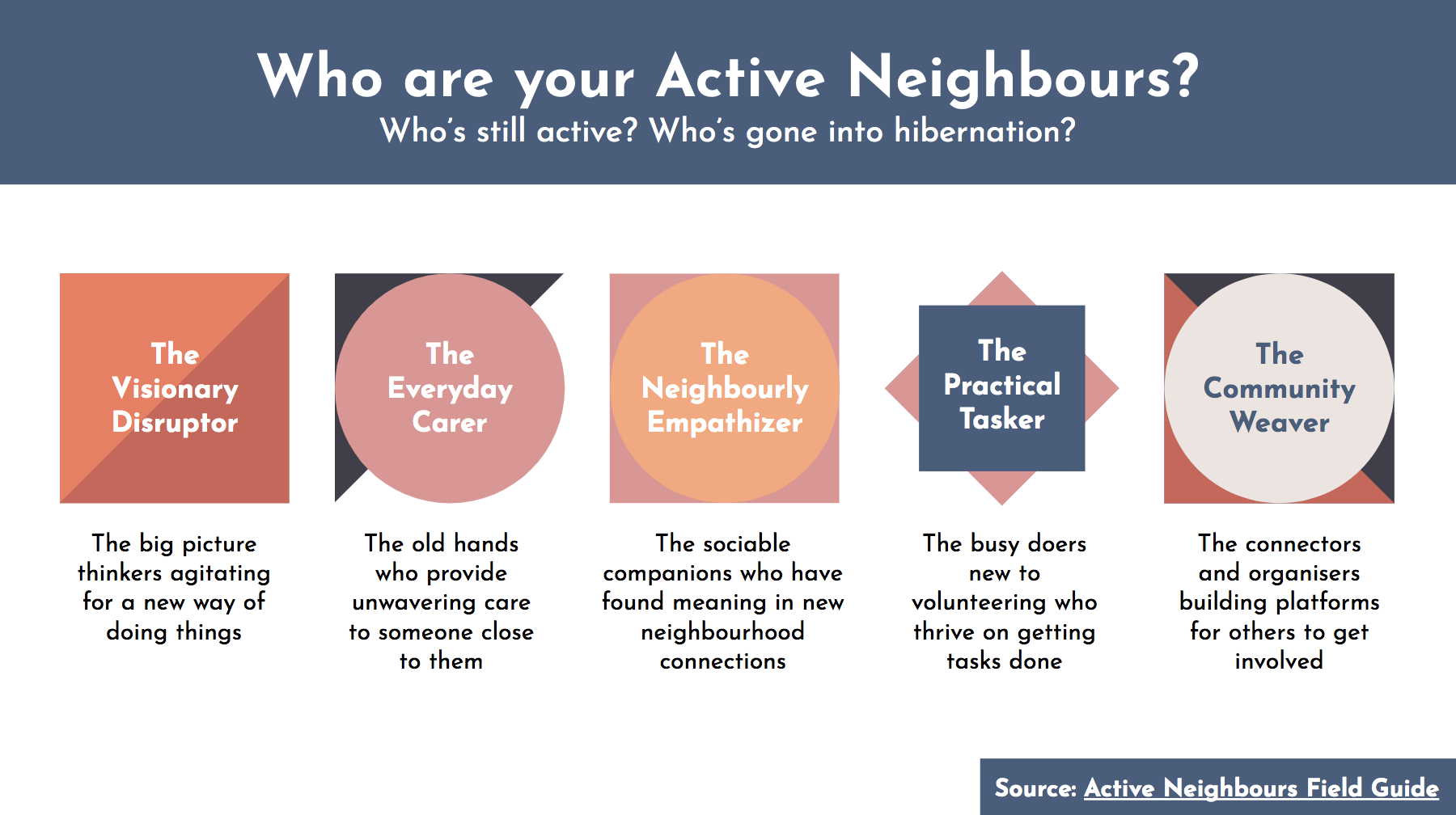
In brief
In this blog, originally written for the Warm Welcome Network, we review what we learnt about community responses to the pandemic to ask how we can sustain and maintain the momentum in community-based responses to the cost of living crisis.

In the early stages of the COVID 19 pandemic, we witnessed an outpouring of community support. Mutual aid and other hyperlocal groups stepped up to shop for shielders, pick up prescriptions, and boost morale. Some of these groups existed long before the pandemic began, others sprung up in response. Across the board, we saw that where community relationships were already strong, the response was swifter and more effective.
At the end of September 2020, YouGov took a snapshot of the Covid volunteering effort for us.. They found:
- 8.95 million people (17% of UK population) got involved in some sort of community activity
- 39% had done little or no volunteering before the pandemic
- 70% plan to continue doing the same amount or more once the pandemic is over (that’s 6.27 million)
Reflection Questions:
- Has the volunteer response to the Cost of Living Crisis been as vibrant as the Covid response in your local community?
- Have those who got involved in the mutual aid response also been involved in Warm Spaces?
Active Neighbour Personas
Of course, numbers can only tell you so much. At the end of 2020 we did a deep dive into the motivations, needs and energy of those who have cared together through lockdown, burrowing into the stories that lie beneath the statistics. Through this research emerged a set of ‘personas’ – clusterings of behaviours, experiences, motivations and needs.
The persona groups that we present are not meant to be restrictive categories or exclusive boxes in which people are confined, but instead are intended to be indicative typologies which highlight different flavours, commonalities and themes. Some people will identify with more than one persona, others will move between groups at different points in time as their circumstances shift and change.
The 5 Active Neighbour personas that emerged through our research are:

Reflection Questions:
- Which of these groups have been most active in the Warm Spaces response to the Cost of Living Crisis? Who’s still in hibernation?
Uncertainty and discontent
As the most acute phases of Covid abated, we discussed the need for volunteers to ‘hibernate well’, consolidating new connective tissue to enable a swift and effective response to future crises. For this to happen, volunteers need to feel their contribution has been needed, recognised and valued. Taking time to celebrate and thank all those who have stepped up must therefore be a priority.
Reflection Questions:
- How can you ensure that the contributions of Warm Spaces volunteers are recognised and celebrated? And what else is needed to help them to ‘hibernate well’?
